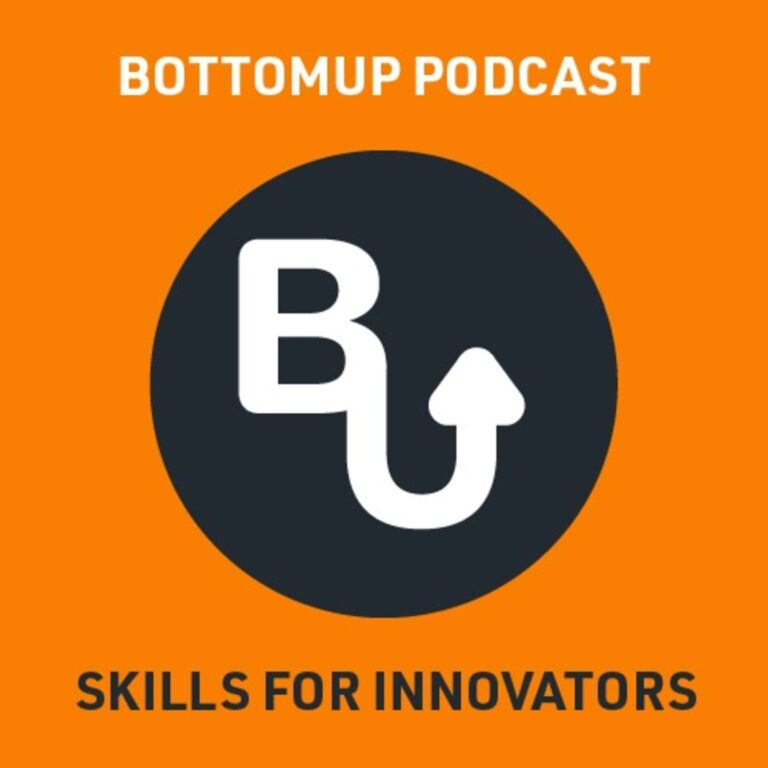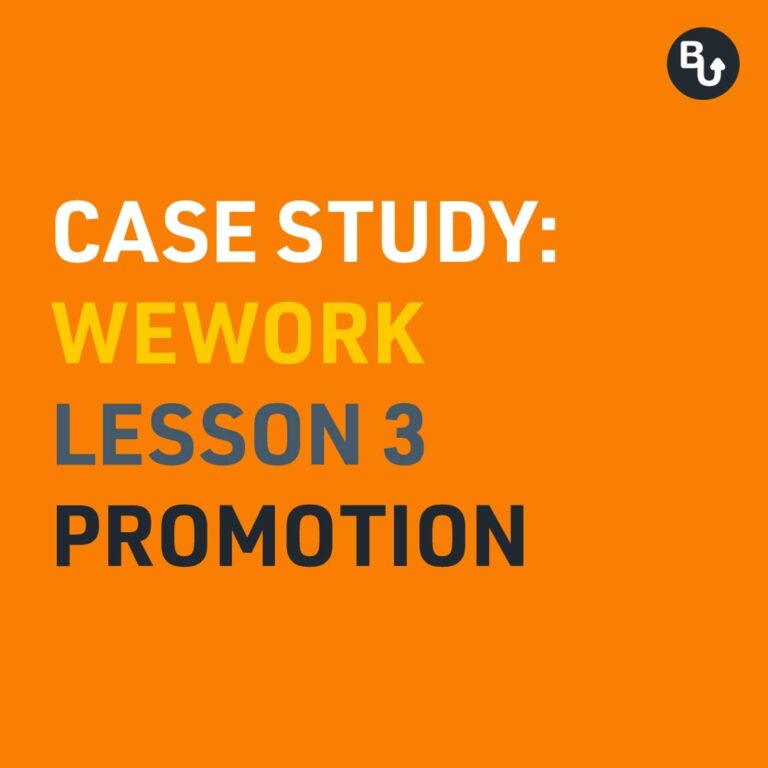In the previous episode, we asked ourselves, how do we recruit a product team? So we’re assuming you’ve got the people it’s now about making things work and the funny thing is this, you’re kind of exhausted. You just managed to recruit a bunch of people, but actually now you’ve got to go and build that product.
So the adventure has just begun. There are several things that Patrick Lencioni wrote about in a book called The five dysfunctions of a team that we often see are the greatest challenges of teamwork and are all pretty similar.
Building a high performance product team
So let’s look at what it takes using Patrick Lencioni and his model to build a high performance team. Product teams can be dealing with really complex matters. Particularly if it’s a first-generation product, there’s nothing there, nothing exists. You’re building something out of thin air, which is super exciting, creating something out of nothing.
But it’s challenging because everything needs to be built for the first time. So you’ve got to have some foundational ways of working together because both work and life overall is a team sport. So it doesn’t really matter how sharp their product design skills are if people are not working as a team, then you ain’t got nothing.
So let’s ask ourselves, what does it take to create a high performing team and what are the signals of a dysfunction in a team?
Build a foundation on trust
Number one, the foundational idea for a high performance team is trust. And when there’s an absence of trust, people really fear being open and vulnerable with each other.
And if you’re not trusting of each other, pretty much nothing is going to happen because people are in fight or flight modes and that’s a really poor position for a team. So how do you get over this absence of trust. It starts with you, the leader, it starts with you being vulnerable enough to share the challenges that you face and the limitations that you have.
Now, this is quite contradictory to how a lot of people think. They should lead, but actually when you show that you’re not perfect. When you show that you’re prepared to take a risk and to be open, this will make people feel so much safer. They’ll breathe a sigh of relief because they’ve probably got things that they’re working on, that they find stressful or challenging.
And it really is wonderful when you can lead the way and say, Hey, you know what? I’m working on some stuff too. So that’s how you create the trust amongst a team. Now another thing that will challenge a team is the second part. And that’s the fear of conflict.
Fear of conflict
What you’ll see in some teams is they’ll pretend to be getting along, but underneath all that, there’s all sorts of resentment and passive aggressiveness going on.
And people find it hard to embrace diversity. People have to have that safety to argue the merits of ideas and insights and facts. So you need to encourage different points of view, because if you can agree to disagree and still respect each other, then you have the framework for a healthy team.
And if people feel safe enough, to challenge and to argue the direction of the product with each other. Well you’re well on your way to building the product you set out to.
But there’s three more things you can do to have a high-performance product team so if you are interested in learning more about product management and how to build a product team. Join us at the BottomUp Skills Podcast for more bite sized product skills and at BottomUp Skills for free courses on Design Thinking, Agile, Lean and much more. Free skill courses for product people and innovators.
TRANSCRIPT
Hello, and welcome to the bottom up skills podcast I might pass since I’m the CEO of quality tenants and it is great to be back. We’re kind of at the midpoint of our adventure. Into getting unstuck that’s right. The toughest challenges you’re going to face as a product manager and we’re right in the heart of all of the people stuff.
That’s right. Today’s question is how do I build a product team, now in the previous show, we asked ourselves, how do we recruit a product team? So we’re assuming you’ve got the people it’s now about making things work. The funny thing is this, you know, you’re kind of exhausted. You just managed to recruit a bunch of people, but actually now you’ve got to go build that product.
So the adventure has just begun. And I think that there are a few that Patrick Lencioni wrote about in a book called five dysfunctions of a team that I see are the, really are the greatest challenges of teamwork. And every single country I’ve lived in, it doesn’t matter. Australia, the Netherlands United Kingdom, the United States of America, the dysfunctions of a team are all pretty similar.
Building high performance teams
So let’s look at what it takes using Patrick Lencioni and his model to build a high performance team. And these product teams are dealing with really complex matters. Particularly if it’s a first-generation product, there’s nothing there, nothing exists.
You’re building something out of thin air, which personally is super exciting, creating something out of nothing. But it’s challenging because everything needs to be built for it for the first time. And that add is some hard stuff. Um, so you’ve got to have some foundational ways of working together because both work and life overall.
It’s a team sport
It’s a team sport. So it doesn’t really matter how sharp their product design skills are. If people are not working as a team, then you ain’t got nothing. So let’s ask ourselves, what does it take to build a product team and a high performing team and what are the signals of a dysfunction in a team?
Number one, the foundational idea for a high performance team is trust. And when there’s an absence of trust, people, really fear being open and vulnerable with each other.
And if you’re not trusting of each other, pretty much nothing is going to happen because people are airing those fight or flight modes and that’s really poor for a team.
The absence of trust and building a product team
How do you get over this sort of absence of trust and it starts with you, the leader, it starts with you being vulnerable enough to share the challenges that you face in the limitations that you have. Now, this is quite contradictory to how a lot of people think. They should lead, but actually when you show that you’re not perfect.
When you show that you’re prepared to take a risk and to be open, this will make people feel so much safer. They’ll breathe a sigh of relief because they’ve probably got things that they’re working on, that they find stressful or challenging.
The fear of conflict in a product team
And it really is wonderful when you can lead the way and say, hey, you know what? I’m working on some stuff too. So that’s how you create the trust amongst a team. Now another thing, uh, that will challenge a team is the second part. And that’s the fear of conflict, you know? What you’ll see in some teams is they’ll kind of pretend to be all getting along, but underneath all that, there’s all sorts of passive aggressive stuff going on.And people can’t embrace diversity.
They can’t be that productive because there’s this artificial harmony. People have to have that safety to argue the merits of ideas and insights and facts.
Encourage different points of view
And you should encourage different points of view, because if you can agree to disagree and still respect each other, then this is the healthiest thing to help build a product team, because maybe the direction of the product’s not quite right.
And if people feel safe enough, to challenge and to argue the direction of the product. You’re going to be so much healthier for it. So I would challenge you to encourage all of your team members to have a say and really, I mean, don’t have a meeting where people contribute zero to the entire meeting because then they shouldn’t be in the room. So everybody should have a say when you’re talking about the big challenging topics of the day.
So those are the first two. You’ve got to increase the trust and, you know, get rid of this fear of conflict and, and get people to argue the merits of things in a, in a safe and respectful way. Okay but there’s three more, three more things you can do to have a high-performance product team part.
Show commitment and get everyone on board
Number three to build a product team is all about commitment. And often you can see teams don’t really buy in to the idea, right? There’s a lack of clarity or a lack of support. They’re just not really sticking with major decisions or directions that are in the company.
You got to get everybody on board. It’s not only creating clarity, uh, in where we’re going, but.Communicate your expectations of what each and every individual is expected to do, and to invite them to sign up for that, because if they don’t sign up, then I don’t know how you’re going to get the results. If they’re not signed up, it’s just going to be a bit of theatre. So that’s number three commitment.
So that comes off to the fear of conflict and the absence of trust. The next thing you’ve got to go for is accountability. This is number four, a lot of people like to be in a comfortable place, right.
Don’t get comfortable
And not have difficult decisions or stretch goals. But you got to have tough conversations when people don’t deliver and do the big advice here is have them early and be consistent in them. Okay, so this is the fourth one accountability. And lastly, we need to pay attention to the results. Now the big blocker here is ego and politics.
People like to claim their individual goals and not really support the overall team’s goals. But actually, if you want the team to succeed and to build a product team, you need to talk about the goals that we have as a team and to bring them into focus. Okay. So attention to results, accountability, commitment, conflict, and trust.
Keep talking about your goals
These are the big things it takes to build a product team and have a high performing team. I know this one’s a lot. This is heavy duty stuff. It is all born of a framework that comes from Patrick Lensioni who wrote five dysfunctions of a team. Whether you’re using agile, scrum, or Kanban or whatever. These team characteristics, these high team, high performance team characteristics come true.
So if you are really interested in this, you can check out our managing people masterclass it’s all free. You can find that on bottom-up dot IO. So there you have it. This is all about getting the team working in concert with each other and building a product that worth is worth building.
I hope you’ve enjoyed this episode of the BottomUp podcast. That’s a wrap.




